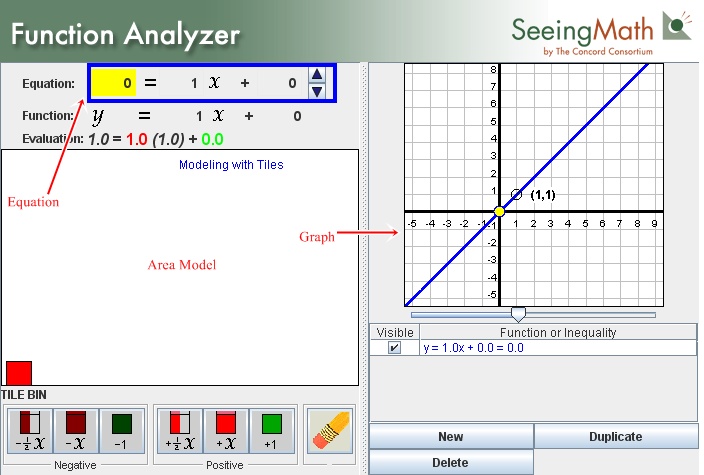Solving Linear Equations/Systems of Linear Equations - Algebraically and/or Graphically
Solving Linear Equations/Systems of Linear Equations - Algebraically and/or Graphically
Grade Levels
Course, Subject
Rationale
- How would you correlate the solution of a linear equation to its graphical representation?
- How would you use graphical and/or algebraic techniques to solve a system of equations and how would you interpret the solutions of that system?
Description
The student will use algebraic and graphical representations to solve linear equations and systems of linear equations.
Students will need to have access to a computer. Students will use the Function Analyzer (see below) to understand the concept of intersection. The Function Analyzer is a tool that is not difficult to learn.

The photo shows the intersection of several highways. Students will understand how the concept of intersection is related to solving linear equations.

Content Provider
The Concord Consortium: http://www.concord.org/
Resource
See the link below for the interactive resource. After creating a free account, you will have access to all ITSI-SU Math and Science interactive resource and lessons.
http://itsisu.portal.concord.org/activities/26.jnlp?teacher_mode=true
linear equation, linear equations system of linear equations, graphing linear equations, graphing systems of linear equations, ITSI, ITSISU, concord
